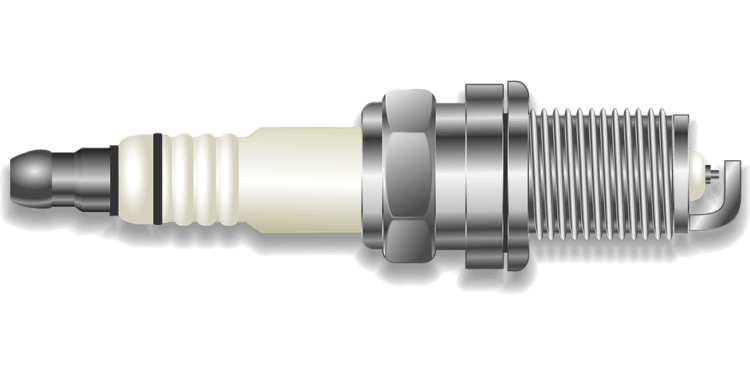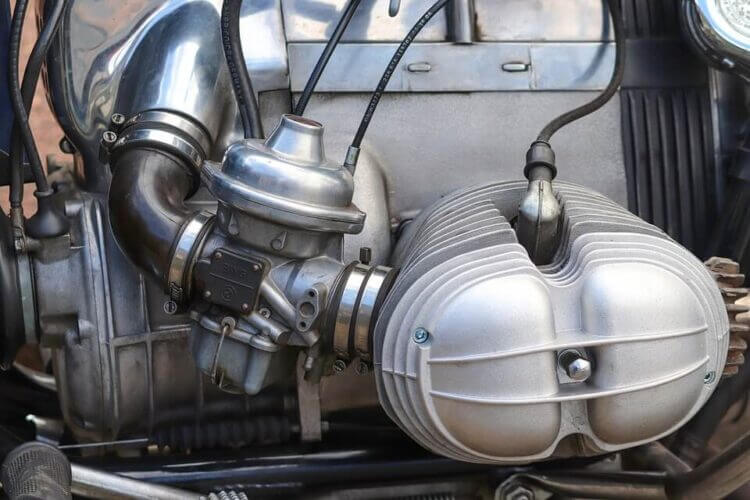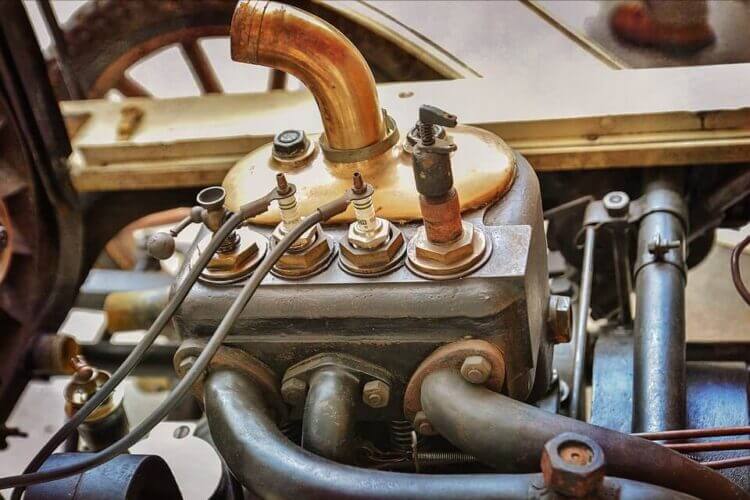How to Tell if a Spark Plug Is Bad?
Luckily, these components don’t require replacement very often, and they can go many miles for years before the time comes to change them. Their durability depends on their condition and type, your vehicle, and your driving habits. As time goes by, the spark plug ages and undergoes wear and tear despite the material it’s made of.
In addition to visual inspection, which should be performed occasionally, there are also a few signs of worn plugs. You can hear or feel them. You will notice your vehicle has trouble starting, has poor performance, or produces constant and unusual noises, like pinging or rattling.










